
Cylinder Inspection Training: Why a Maintained Cylinder Is a Happy Cylinder
Uncover the importance of gas cylinder inspections and training. Dive deep into ensuring safety, boosting efficiency, and prolonging cylinder life.
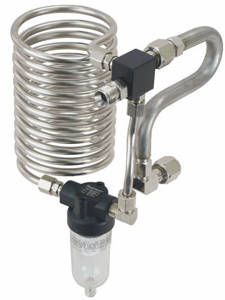
During our Cylinder Visual Inspection Training (CVIT) we cover the basics of high-pressure compression, generally around 5000psi (345 BAR). We discuss the mechanics of the compression and the issues involved with compressing gases, generally air. We also discuss concerns, such as the generation of heat and the accumulation of water in the condensate traps. We have simplified the explanation by stating that air molecules are more easily compressed than water molecules. Due to this factor, water is removed, like a sponge, during the stages of compressor.
The excess water needs to be removed before it comes out of the compressor and potentially corrodes the lines, saturates the filters and fouls the purity of the gas. The sponge explanation is too simplistic, and Fill Station Technicians (FST’s)should have a more detailed explanation.
Water has three phases; solid, liquid and gas (vapor). Moisture in the ambient air goes from a vapor to a liquid during the compression process. Compression increases the partial pressure of all gasses in a mixture, and thus it also increases the partial pressure of the water vapor.
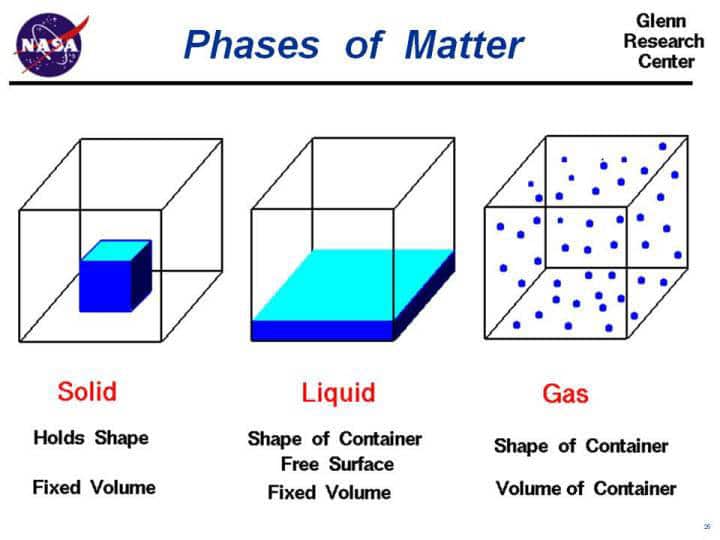
However, by increasing the partial pressure of moisture, it raises the dew point of the gas mixture. Compression increases the temperature of the gas, and dew point, due to adiabatic compression[1].
When the dew point of the compressed gas exceeds that of the ambient temperature, the moisture in the air will condense as liquid water. Cooling occurs while the gas passes through the cooling coils on the compressor and upon exiting. This cooling process produces liquid water. The liquid water is collected in condensate traps located upon the compressor. Any excess moisture leaving the compressor is captured in specifically designed external filters.
Another way to look at it is to consider a bucket. You have a 1-quart bucket with a ½ quart of water vapor at the start of compression. As the air cools (between the stages of compression) the bucket becomes smaller, but the amount of water vapor remains the same. Eventually the water vapor overflows the bucket or capacity to retain the relative humidity. The water vapors become liquid water.
Because compression generates heat (adiabatic) and there is moisture in our air, compressors will produce moisture. Cooling the air before it reaches the supply cylinder will reduce the amount of moisture within that cylinder. Compressor coils, fan blades, supply lines and filters help to cool the air before its destination. The cooler you can keep the compressor the more condensate will be trapped, and the drier the air. However, the warmer the air, the more moisture it can retain, therefore more moisture in the system.
To reduce the inevitable moisture production during compression; keep the compressor cool, drain the condensate traps, and monitor the filters for saturation. The FST should make it a priority to monitor the production of water coming from the compressor and ensure the moisture removal devices are working properly. As is taught in our course where we teach how to visually inspect cylinders, less moisture prevents corrosion.
* Special thanks to William Sikkema who corrected my errors and acted as a technical editor.
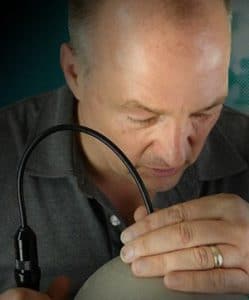
I enjoy continuing to build the business based on safety since 1999. CTS focuses on the inspection of high pressure cylinders, the maintaining of the valves and basic maintenance of high pressure compressor systems. CTS stays current in techniques and tools to train both the new and novice employee. We publish articles, update training tools and have created an APP to assist during the inspection process.
#cylinder #safety #hazmat #training #cylinderinspectiontraining #cylindex

Uncover the importance of gas cylinder inspections and training. Dive deep into ensuring safety, boosting efficiency, and prolonging cylinder life.
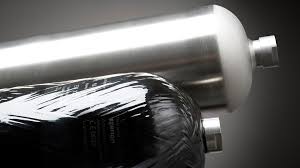
Is your composite cylinder showing signs of wear? Discover when to seek a professional repair service in our comprehensive guide.
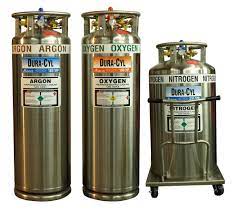
29 CFR 1910.101 intro Handling cryogenic cylinders involves working with extremely low-temperature gases that pose unique safety risks. To ensure the safe handling, storage, and transportation of these hazardous materials,
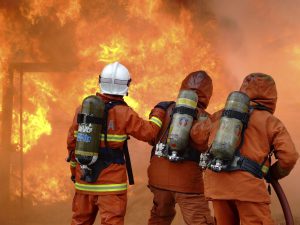
Introduction Firefighters encounter many risks while on duty, including hazardous materials and high pressure bottles. High pressure bottles are used for a variety of purposes in firefighting, including powering hydraulic